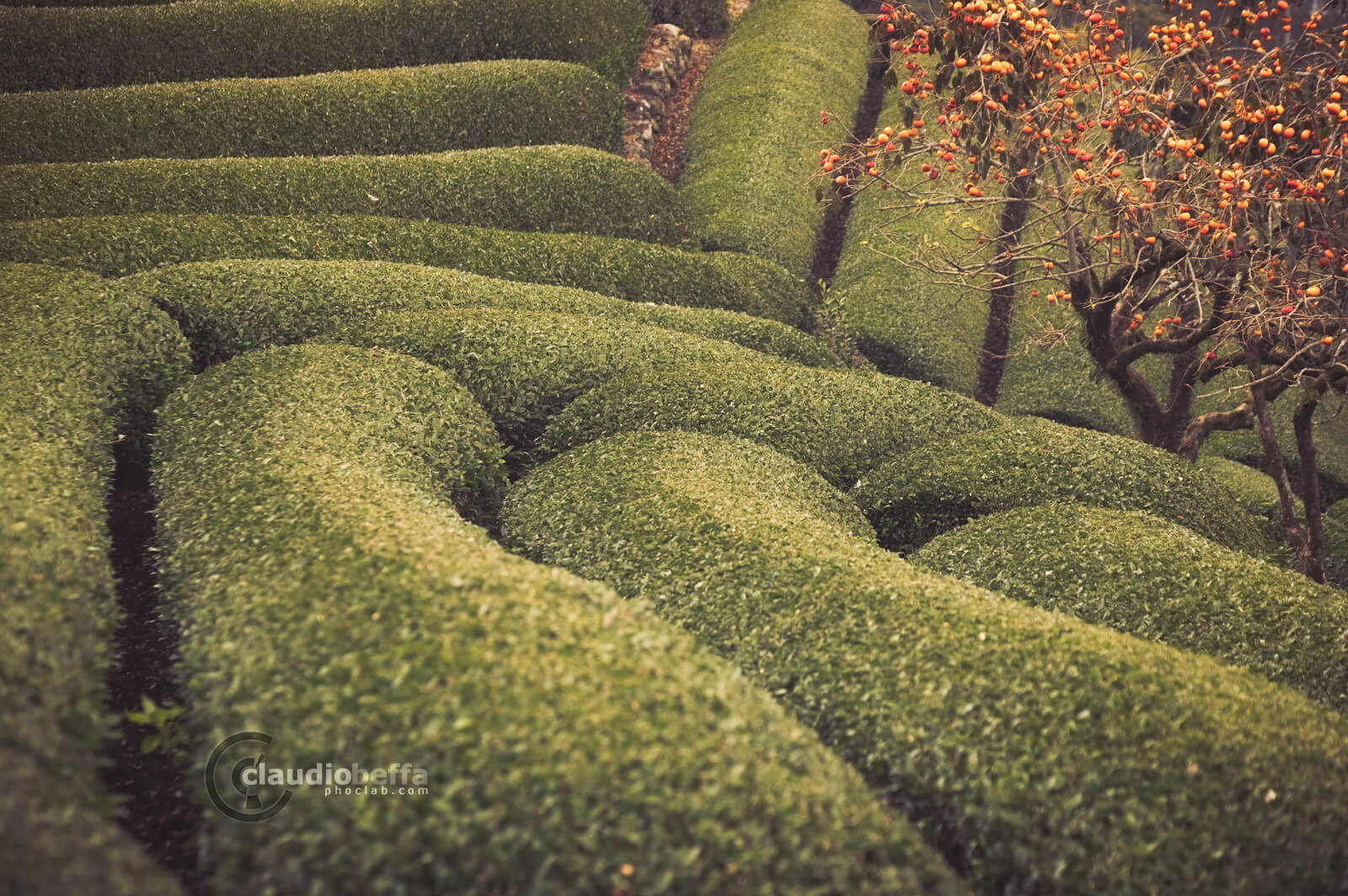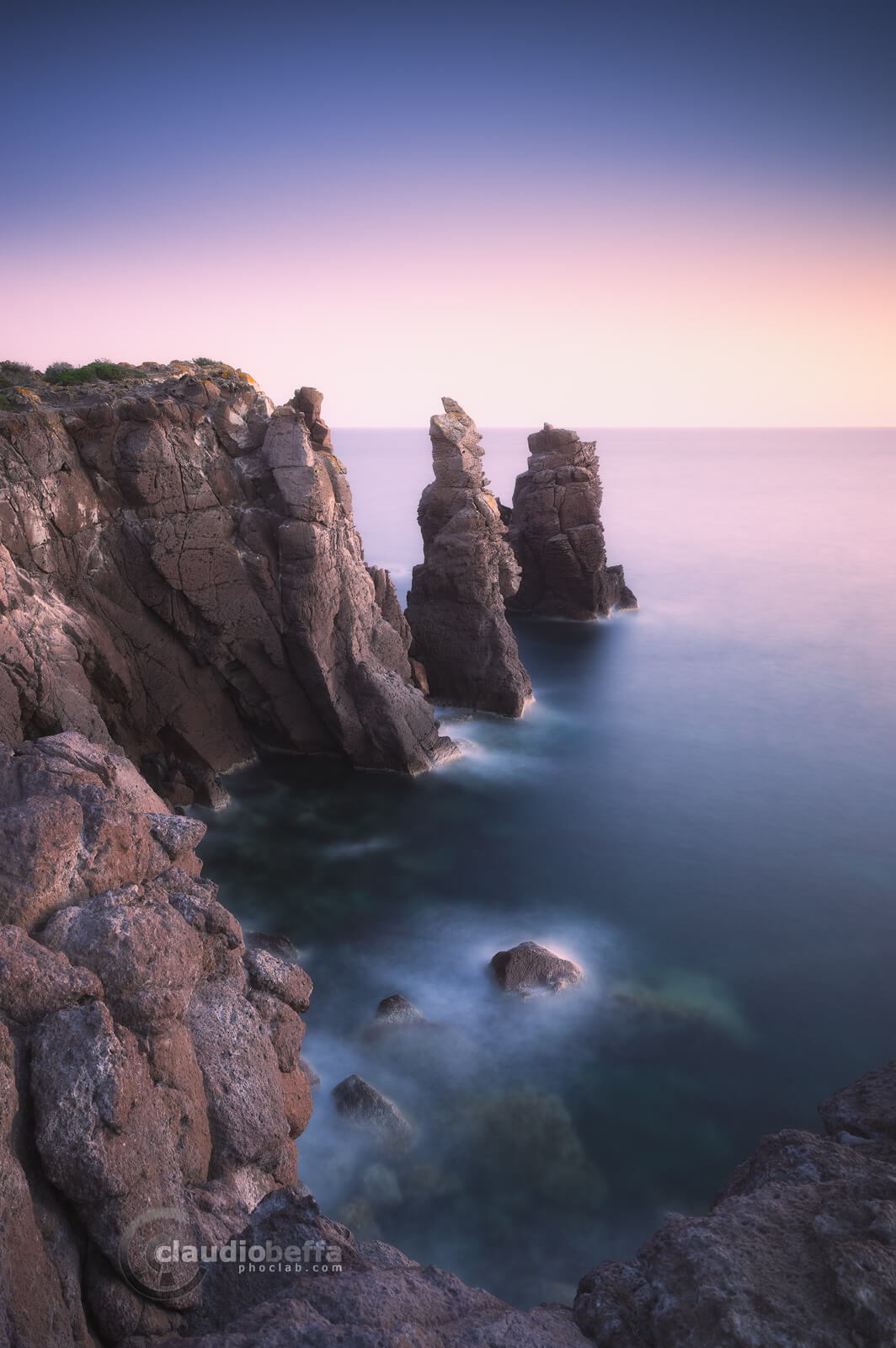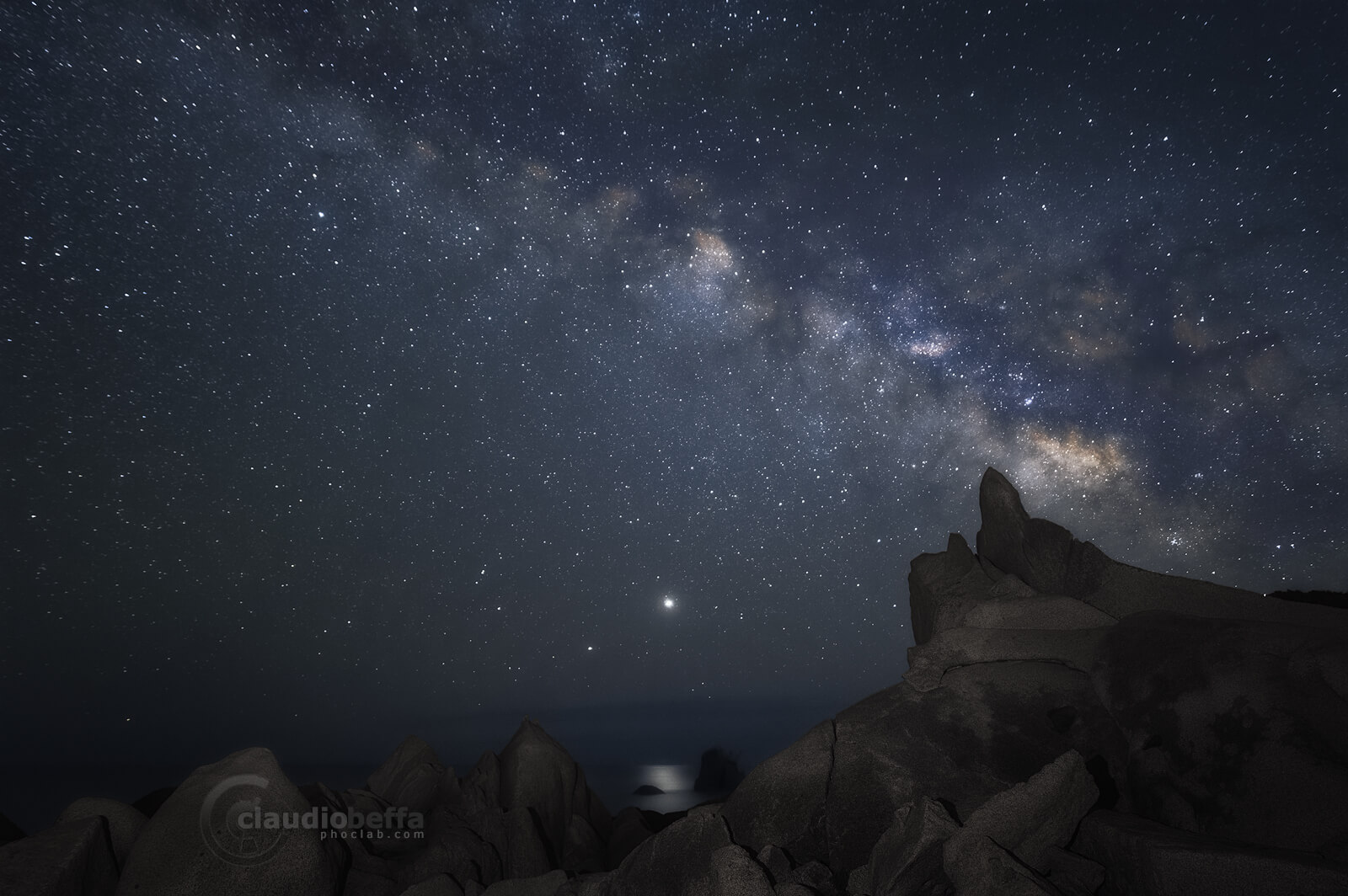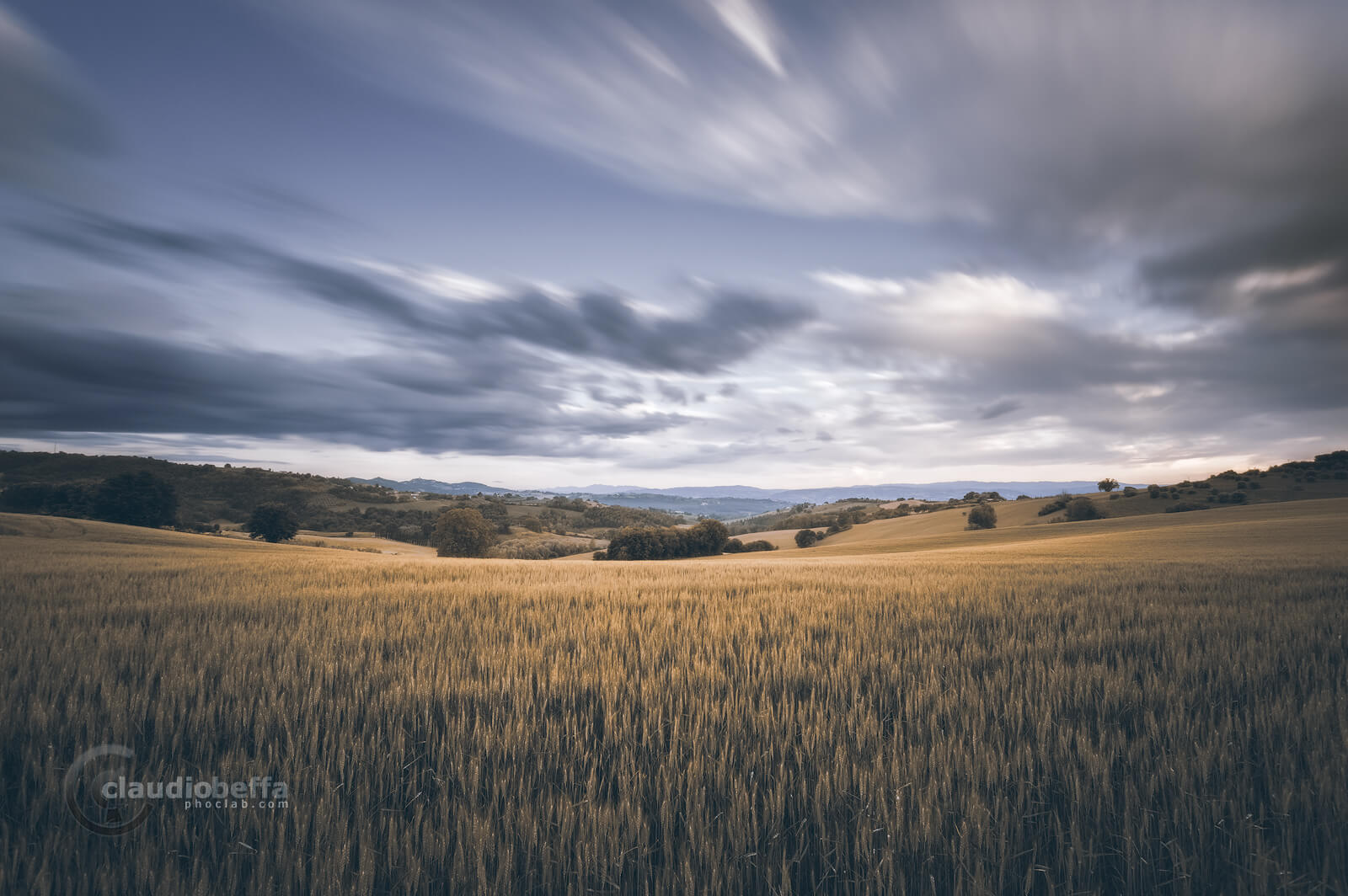The land of tea
The land of tea. Japan. The rural area of Wazuka, Kyoto prefecture, is one of the most renowned tea plantation site of entire Japan. Many hills are literally covered with round shaped bushes of Camellia Sinensis, which characterize the landscape in an unmistakable and enchanting way.
With its approximately 800 years of history, this is the “cradle” of tea in Japan (especially the renowned Uji Matcha), together with a few other fields, mostly scattered in the central-southern geographical areas of the archipelago.
Visiting this land of tea is a unique experience for many reasons: firstly, the pleasant feeling of moving away from the modern and hectic megalopolises that characterize Japan, to enter another dimension, more silent, peaceful, and in contact with nature, in which time slows down and you have the freedom to breathe deeply and notice details. In addition, there is the wonder that one feels in admiring the beauty and attention to detail of these plantations, of the geometries, of the colors and of how the light caresses them, in an harmony with the surrounding landscape that is difficult to reach if not through a deep knowledge of nature.
For those of you who were wondering, all those white poles are fans. They are used to prevent the formation of frost, especially in autumn and winter, which is harmful to the buds and apical leaflets. In this way, it is possible to make Camellia Sinensis plants grow healthy and strong without necessarily having to cover them with plastic sheets.
To capture this image I used my Pentax K-3 camera with the Pentax SMC DA 15mm f/4 Limited lens and a circular polariser filter, which helped to make the colors of the sky and of the foliage a bit deepeer.
EXIF:
Camera: Pentax K-3
Lens: Pentax SMC DA 15mm F4 ED AL Limited
Focal lenght: 15mm
Shutter time: 1/250 s
Aperture: F/7.1
Sensitivity: ISO100
You can find the full blog post about the culture and history of tea in Japan at the following page: Tea culture in Japan: history, tradition and plantation of Wazuka










